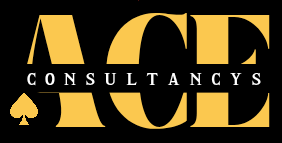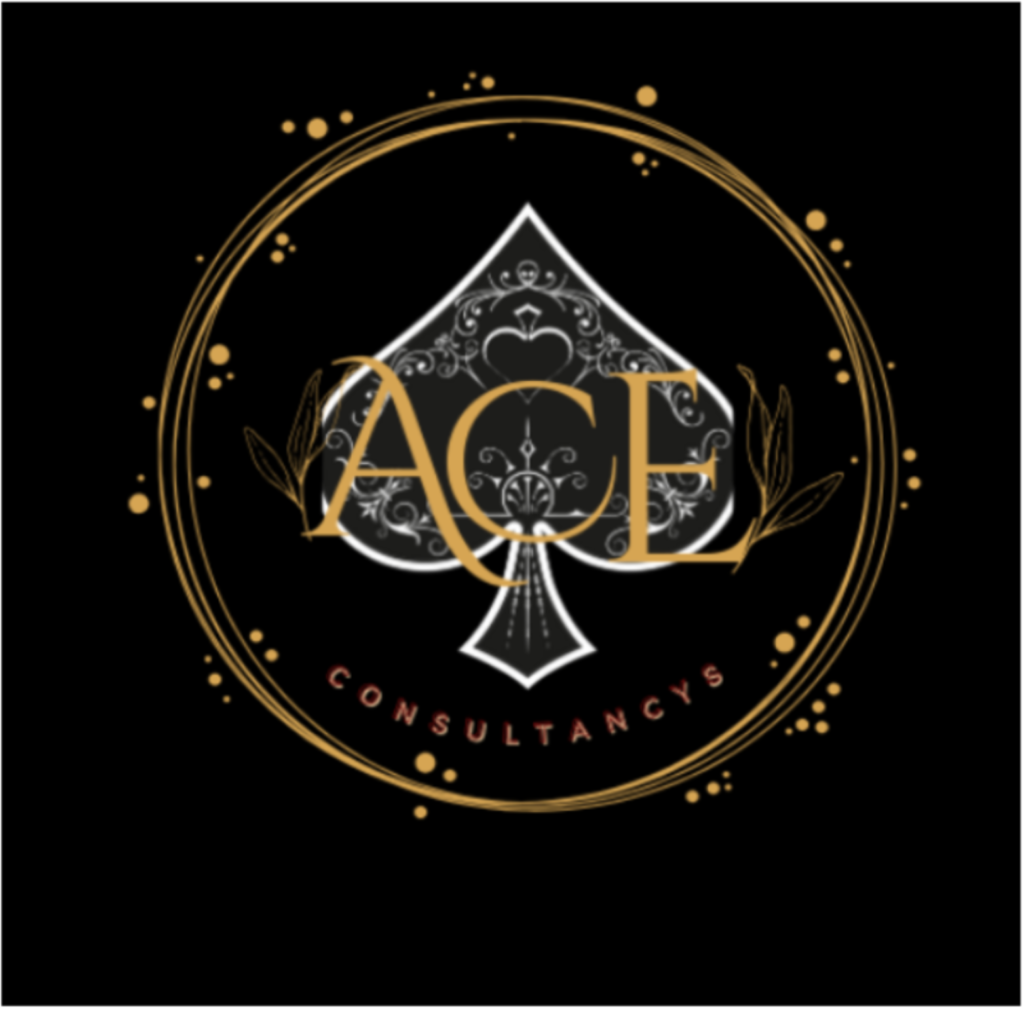Introduction
Cold calling remains one of the most challenging yet potentially rewarding sales techniques in today’s business landscape. Despite the rise of digital marketing channels, 82% of buyers accept meetings with salespeople who proactively reach out to them (RAIN Group, 2020). Training your sales team to excel at cold calling can dramatically improve your company’s bottom line. In this article, we’ll explore proven strategies to train your sales team for better cold calling results, transforming reluctant callers into confident closers who can navigate objections and build meaningful customer relationships.
Why Cold Calling Still Matters in the Digital Age
Many sales professionals believe cold calling is dead, but the statistics tell a different story. According to a study by the RAIN Group, cold calling is still the second most effective sales technique, with a 69% effectiveness rating when done correctly. Despite email and social media outreach options, cold calling creates immediate human connection that digital methods cannot replicate. The key to success lies not in abandoning cold calling but in training your sales team to execute it properly.
Understanding the Cold Call Resistance
Before diving into training methodologies, it’s essential to address why sales representatives often resist cold calling. Research from Brevet Group indicates that 48% of salespeople are afraid of making cold calls due to fear of rejection. This psychological barrier must be addressed in any effective cold calling training program. By helping your team understand that rejection isn’t personal but part of the process, you can begin breaking down these mental obstacles to better cold calling results.
Building a Comprehensive Cold Calling Training Program
Creating an effective cold calling training program requires a structured approach that addresses both the psychological and technical aspects of the process. Start by developing clear scripts that serve as guidelines rather than rigid texts. According to HubSpot, sales representatives who use scripts effectively experience 50% more success than those who wing their calls. However, these scripts should sound natural and allow for personalization based on the prospect’s responses.
Role-playing exercises form the cornerstone of effective cold calling training. Set up regular sessions where team members practice with each other, switching between prospect and caller roles. Research from the Sales Readiness Group shows that sales teams who engage in regular role-playing exercises see a 29% improvement in close rates compared to those who don’t.
Mastering the First 30 Seconds
The opening of a cold call often determines its success or failure. Train your sales team to craft compelling introductions that quickly establish value. According to Gong.io research, successful cold calls include a “pattern interrupt” within the first 30 seconds that piques the prospect’s interest and differentiates the call from typical sales pitches. Teaching your team how to train for better cold calling results in those crucial opening moments can dramatically improve connection rates and call quality.
Objection Handling: The Make-or-Break Skill
Objections are inevitable in cold calling, but how your team responds to them can transform potential rejections into opportunities. Research from ValueSelling Associates reveals that 44% of salespeople give up after a single rejection, yet 80% of sales require at least five follow-ups to close. Equip your team with a framework for handling common objections, teaching them to acknowledge, understand, and respond rather than becoming defensive or immediately offering discounts.
Develop an objection library where the team collectively catalogs objections they encounter and effective responses to each. Review and refine these responses regularly during team meetings to ensure everyone benefits from collective experience and insights about how to train your sales team for better cold calling results.
Leveraging Technology for Cold Calling Success
Modern sales technology can dramatically enhance cold calling effectiveness. CRM systems that integrate with calling platforms provide valuable context before and during calls. According to Salesforce, sales teams using CRM technology improve their win rates by 29%. Train your team to properly use these tools to research prospects before calls, take detailed notes during conversations, and schedule appropriate follow-ups.
Call recording technology also offers powerful training opportunities. Having representatives listen to their own calls helps them identify areas for improvement, while sharing particularly successful calls provides valuable learning examples for the entire team.
Measuring and Improving Cold Calling Performance
You can’t improve what you don’t measure. Establish clear metrics for cold calling success, including connection rates, conversation rates, appointment setting percentages, and ultimately, closed deals. According to InsideSales.com, top-performing sales organizations are 3x more likely to use metrics to measure cold calling effectiveness.
Review these metrics regularly with both the team and individual salespeople, celebrating successes and identifying areas for continued training. Remember that improvement in cold calling is iterative – even small gains in connection rates or conversation quality can significantly impact bottom-line results.
Creating a Culture of Continuous Improvement
The most successful sales organizations approach cold calling training as an ongoing process rather than a one-time event. Research from CSO Insights demonstrates that companies with dynamic coaching programs achieve 28% higher win rates than those with random or informal coaching approaches. Establish regular coaching sessions, peer learning opportunities, and refresher training to keep skills sharp and motivation high.
Conclusion
Effective cold calling remains a powerful tool in your sales arsenal when executed properly. By investing in comprehensive training that addresses both psychological barriers and technical skills, you can transform your sales team’s cold calling results from mediocre to exceptional. Remember that training your sales team for better cold calling results requires consistent effort, clear metrics, and ongoing coaching. With the right approach, your team can master the art of the cold call and significantly improve your sales outcomes.
What has been your experience with cold calling training? We’d love to hear your feedback on this article and invite you to share it on your social media accounts if you found it valuable for your sales organization.
FAQ
Q1: How long does it typically take to see results from cold calling training?
Most sales teams begin seeing measurable improvements within 4-6 weeks of implementing structured training programs, though individual results may vary.
Q2: Is cold calling still effective compared to social selling?
Yes. While social selling is valuable, studies show that combining it with well-executed cold calling produces 57% better results than either method alone.
Q3: How many cold calls should reps make daily?
Quality matters more than quantity, but high-performing reps typically make 45-60 purposeful calls daily.
Q4: Should junior and senior reps receive the same training?
Training should be tailored to experience level, with junior reps needing more script guidance while senior reps benefit from advanced objection handling techniques.
Read More : https://aceconsultancys.com/ai-lead-generation/










